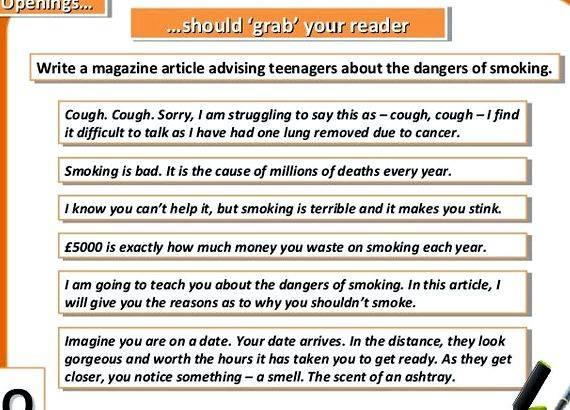This Revision Bite will give you ideas about what to do if you choose to write a newspaper report in the exam.
Reports usually appear in newspapers. They tell readers about events that have been happening in their local area, or national or international news. Assignments in the Standard Grade writing paper usually ask you to write an article for your local newspaper.
Newspapers are read by people who want information about something that has happened. They want details quickly so reports have to be easy to read and have a snappy presentation style.
When you plan your news story, remember that newspaper reports usually provide the answers to the questions WHO, WHAT, WHERE, WHEN. WHY, HOW?
Look at this example of a newspaper report
Christopher Brodie is this morning celebrating his gold medal success in the paralympics 100m sprint.
Yesterday, in the packed stadium in Sydney, Australia, where the games have been taking place all week, Chris ran the race of his life to cross the line in the gold medal position.
For any athlete a championship medal is the ultimate achievement, but for Chris it was also the culmination of years of determination and courage.The 20 year old was just 5 when he had to have his right leg amputated below the knee. The pain caused by his artificial leg was mot enough to stop the lively youngster from Motherwell running around living life to the full.
When he joined the local athletics club he never dreamt that he would end up an Olympic champion.
Now, thanks to the pioneering work of sports scientists and the doctors at Glasgow’s St Thomas’ Hospital, Chris has been able to take advantage of the latest sports technology, a new prosthetic sports leg.
“The new leg is made of light weight materials and the foot section has as close to normal foot movement as an artificial leg can get,” said Ken Brown, one of the doctors who worked on the project. Chris backed up Dr. Brown’s claim when he said that the new leg allowed for fluid movement and a much less cumbersome running style.
Certainly, the benefits the artificial leg will bring to sports women and men all over the world could be seen yesterday in Sydney, when Chris Brodie showed the world what a powerful combination courage and innovation can be.
Can you identify the WHO, WHAT, WHERE, WHEN, WHY and HOW in this news report?
- Who is the main person the story is about?
- What has happened to him?
- Where did the event take place?
- When did it happen?
- Why did it happen?
- How did it take place?
Well done if you spotted that the main person in the story is Chris Brodie, who won the gold medal at the paralympics in Sydney the day before the report was written. He lost his right leg as a child and, aided by advances in sports medicine and his determination to succeed against the odds, has become a world class athlete.
Now study the report again. Look closely for the key features of a newspaper report.
- the headline catches the reader’s attention
- the first paragraph gives the main point of the story and answers the question who
- the following paragraphs provide answers to the questions what, where, when, why and how
- the paragraphs are short and punchy, giving information in a clear and concise way
- there are references to what people said, either using direct speech (use of inverted commas indicates what Ken Brown actually said) or reported speech (no inverted commas – the main points of Chris Brodie’s speech but not in the actual words he said)
- use of past tense because the report refers to an event which has already taken place
- use of columns in accordance with newspaper presentation






 Writing articles and get paid
Writing articles and get paid Writing an article grammar rules
Writing an article grammar rules Writing a journal article title
Writing a journal article title Constitution articles 1-7 summary writing
Constitution articles 1-7 summary writing Writing prompts for articles of confederation for kids
Writing prompts for articles of confederation for kids






